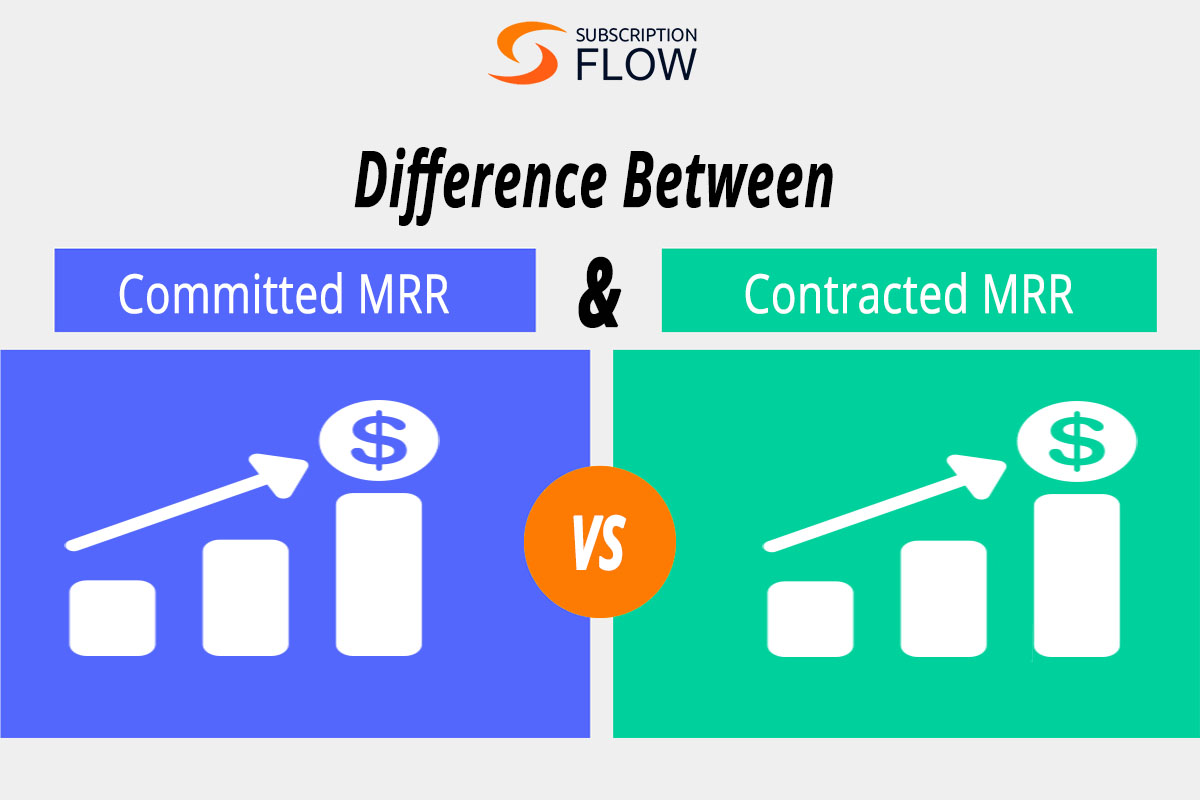
Optimize Revenue: Subscription vs Pay-Per-Use Model
Selecting the right revenue model for your business is essential in defining the value proposition of your products/services and laying the groundwork for long-term profitability.
The right choice results in an affinity of your target audience towards the brand and its offerings and puts you on the road to sustainable business success.
With a budding startup culture and rapidly growing SMEs, increased competition in the business landscape is re-shaping the struggle to customize and enhance revenue models to successfully penetrate, survive, and thrive in the market.
Undoubtedly, different revenue models are suited to different business types. This is based on the nature of the products/services being offered, operational costs incurred, and the target audience being engaged.
In recent years, the subscription revenue model has gained excessive popularity with businesses across virtually every vertical looking for ways to tap into lucrative recurring revenue streams. In addition to the subscription model, another dominating revenue model successfully attracting and retaining customers is the Pay-Per-Use revenue model.
In this article, we are going to review subscription vs pay per use revenue models, comparing and contrasting their benefits, challenges, and the scenarios in which they work best.
Subscription Vs Pay-Per-Use Model: How Do They Work?
The subscription model secures recurring revenue for your business by charging your customers a subscription fee at set intervals of time, most typically on a monthly basis. In exchange for this recurring payment, your customers enjoy continued access to your subscription offering for that period.
In contrast, the Pay-Per-Use model bills your customers based on their usage or consumption of your product/services. This model uses metered billing and charges customers so that they pay proportional to the quantity or duration of their usage.
Consequently, subscription fees are typically charged at the start of the subscription period i.e., before the delivery of the subscription offering over that specific period – essentially, they are prepaid.
On the other hand, pay-per-use fees are administered after the usage occurs over a set duration, meaning they are post-paid. This has implications on the revenue recognition protocols associated with each of the two revenue models.
The Subscription Model
The subscription model owes its popularity in part to the COVID-19 pandemic, but also to its stability, predictability, and scalability. Today’s market is different from what it was even 5 years ago.
With the lifetime of products and services shortening and drastic changes taking place in consumer behaviour and purchase patterns, the subscription model has cracked a code where businesses can shift their focus from selling products to building relationships and prioritize retention over acquisition with the former enjoying a much higher ROI (return-on-investment).
The Benefits of Subscription Billing
The traditional idea of selling products or services through one-time purchases has become increasingly straining as the cost of customer acquisition and the importance of word-of-mouth marketing continues to grow. That’s where the subscription model has been triumphant in generating recurring vs reoccurring revenue.
- Tapping into Recurring Consumer Needs
The key to understanding the success behind subscriptions, is knowing that they benefit consumers and businesses alike. Subscribing to a product or service that meets a recurring need, furnishes consumers with much more convenience than if they had to continuously repurchase the same product/service.
Furthermore, reoccurring revenue is at the mercy of fluctuating purchase patterns, erratic consumer behaviour and analysis paralysis from having too many options. Subscriptions provide a way out of this chaos by tapping into a recurring need, furnishing convenience, and supplying consistent value, thereby securing stable and predictable recurring revenue for your business.
- Facilitating Data-Driven Decision Making with Big Data
Subscriptions provide businesses with much larger data sets to analyze and understand their consumer better. This creates much more predictability in the demand and supply of goods and services and allows businesses to use data insights in strategizing business success.
- Increasing Customer Lifetime Value (LTV)
Subscribers have much higher customer LTV than one-time buyers possess – this is not only because on average subscribers will pay recurring subscription fees throughout their subscription lifecycle, but also because they can be championed for upsells, cross-sells and referrals.
This ultimately has a huge impact on how much you earn from each of your customers during their lifecycle with your business.
- Widening Your Sales Funnel
Huge upfront one-time costs, greatly limit the penetration of your product/service in the market, whereas subscriptions have much lower entry barriers, as their cost is spread out over a period.
This makes your product accessible to a wider audience, thereby widening your sales funnel and growing your revenue. This is part of the reason why cloud-based technology, particularly SaaS offerings, have enjoyed astronomical success in recent years.
- Building a Sense of Community
One-time purchasing is largely an impersonal experience, whereas subscriptions offer a sense of community and belonging. This allows your business to invest in customer relationships and continue to carve higher lifetime value in your customer base.
The Challenges of Subscription Billing
Despite its success, the subscription model also faces some unique challenges. Some of the key concerns are:
- No Exit Barriers
Signing up for a subscription is easy but cancelling it is just as easy. Any sub-par experience in the quality of your product/services, pricing plan, market competition or customer service etc. could cause churn. Furthermore, with self-service portals, customers can cancel anytime.
- The Guilt of Paying for Unused Resources
Often despite being happy subscribing, subscribers develop the guilt of overspending if they are not utilizing their subscriptions to the maximum. This is particularly significant in the post-pandemic world of increasing subscription fatigue, where people find themselves paying too many subscriptions that are not used proportional to their cost or added value.
- Continuous Struggle for Improved Services
Subscriptions aren’t designed once. They require continuous improvement that is research-backed and product-led. To stay competitive, you must prioritize user-centric product/service development, revise subscription plans, test pricing structures and continuously improve customer support interactions.
The Pay-Per-Use Model
Pay-per-use allows the metered use of a product, or a service owned by the provider, against a fee per unit. Pay-per-use pricing is typically set up by establishing a unit or metric that represents the consumption or usage of the product or service. This unit can be based on factors such as time, quantity, volume, transactions, or any other relevant measurement.
Once the unit of measurement is determined, a specific price or rate is assigned to each unit consumed or utilized by the customer. This pricing structure allows customers to pay based on their actual usage, as opposed to a fixed subscription fee.
Pay-Per-Use Revenue Model has been around for a long time and is a highly effective strategy for certain business types. The prime example of the model is utility bills.
The Benefits of Pay-Per-Use Billing
Pay-Per-Use also called Usage-Based, Consumption-Based or Utility Billing Model has some benefits that include:
- Lowering Customer Acquisition Cost
Usage-based revenue is highly popular among cloud computing and SaaS companies. Earlier, the software industry suffered from rampant piracy and revenue leakage, as well as, a high-cost of customer acquisition.
By allowing customers to pay only for what they use to access infrastructure, software and platforms on the cloud, customers no longer need to spend big bucks on on-premises hardware, installation, and maintenance costs.
- Affordability and High Flexibility
Metered billing against subscriptions offers affordable access to services as you no longer must worry about being charged for a service you do not utilize. The flexibility draws in more customers which further lowers customer acquisition costs for your business.
- Supplying Data on Customer Usage Patterns
This model helps you understand the demands of the market with huge data sets on customer usage patterns. Businesses can understand which features are most popular and which are being under-utilized to fuel product development and increase value.
The Challenges of Pay-Per-Use Billing
Metered Billing over time is helping businesses across industries market their product and maximize adaption for revenue growth. This model also comes with its own challenges. Some of them are:
- Unpredictable revenue
Usage-based billing does not ensure predictable and stable revenue. Optimizing customer engagement to encourage customers to use your product/service is essential to ensuring sustainable revenue.
- Complex pricing structures
Implementing and managing a pay-per-use pricing structure can be complex, especially when there are different tiers, units of measurement, or pricing models involved. Ensuring the pricing is fair, competitive, and aligned with the value delivered can require careful analysis and adjustments over time.
- Billing and invoicing complexity
Administering and managing billing for pay-per-use customers can be more intricate compared to fixed pricing models. Ensuring accurate tracking, measurement, and timely invoicing for each customer’s usage can require robust billing systems and processes.
Let SubscriptionFlow Help You to Select, Set & Manage the Best Revenue Model for Your Business
Subscription or Pay-Per-Use? Each revenue model has its advantages and disadvantages. However, after its compatibility with your business type, the most important secret behind the success of either model is how well it is implemented.
SubscriptionFlow is an advanced automated solution that allows you to set up flexible pricing plans, automate billing, invoicing and proration, streamline payment processing, gather usage data and manage your revenue.
Some of its advanced subscription, customer and revenue management tools include experimenting with hybrid pricing models, automated metered bills and tailored invoices, orchestrating frictionless checkout, seamlessly processing payments, dunning, seamless integrations, revenue recognition and real-time revenue reporting.
Request a demo with an expert today to learn more.










